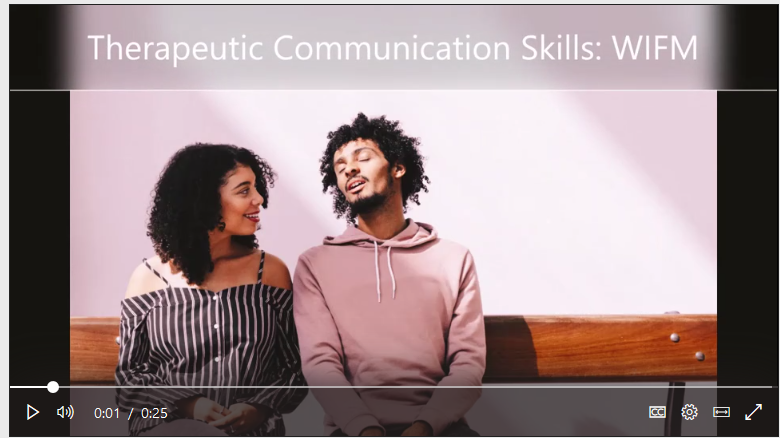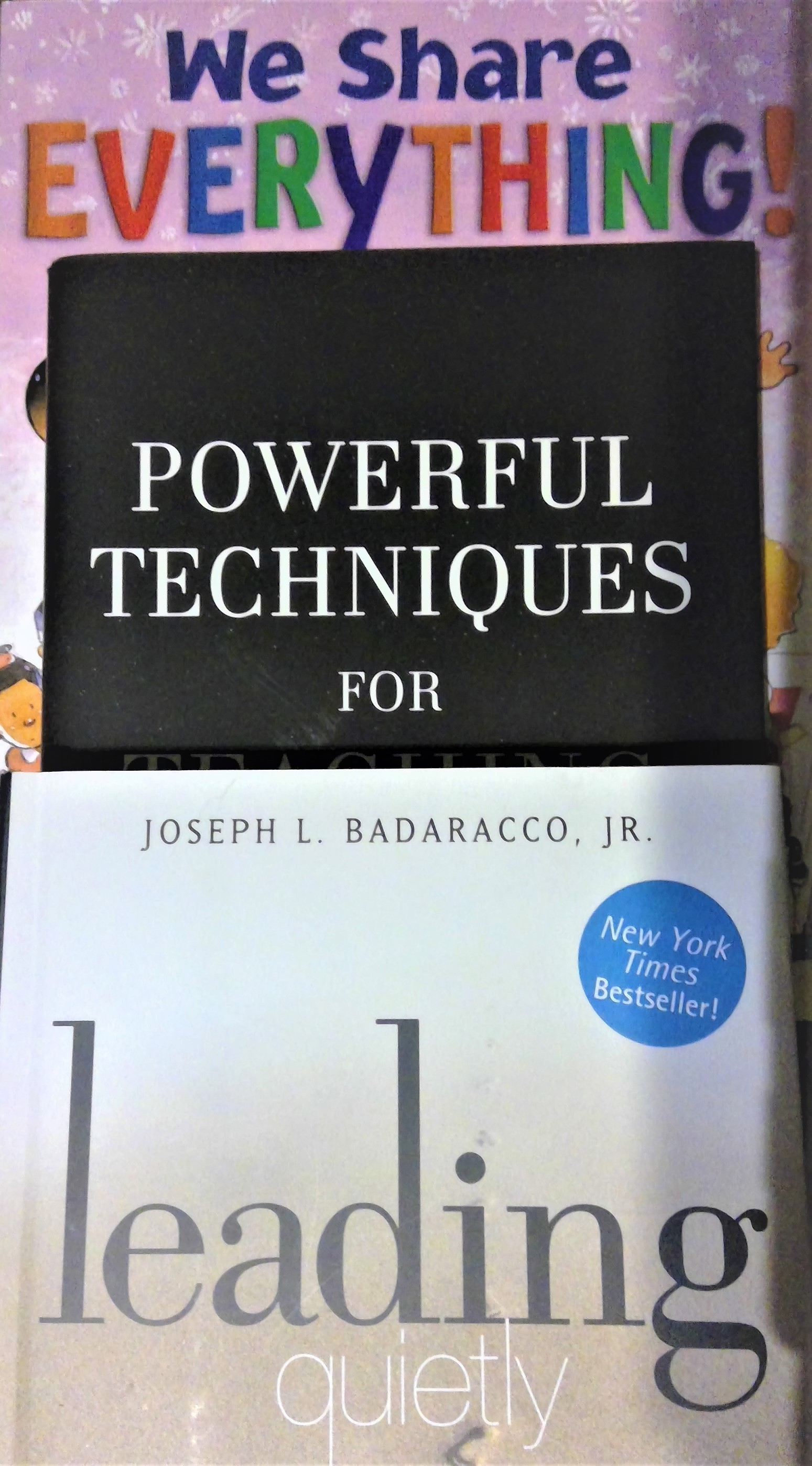Have you ever tried ed tech in your classroom and it just blew up? By blew up I mean did not go as planned.
The final activity in the experimenter module for the eCampus Ontario mOOC is to reflect on the activities that we experimented with (in the deep dive) please see my previous blog post at https://wp.me/paFIXs-4X. Since, I think I have answered most of the reflection questions (in that post) I am going to focus on an experiment I tried this winter.
This winter I had students in my Communication in Health Care course use Flipgrid to record videos, then respond to each other’s videos and then respond to those responses. To learn more about Flipgrid follow this link https://flipgrid.com/.
The use of video recorded skits was not new but the technology was. I like video recorded skits because I have a large class and when marking live I sometimes miss things. Video recorded skits allowed introverted, anxious or self-conscious students to record in a comfortable place without an audience. The use of Flipgrid allowed responses to be made in video instead of the traditional typed discussion board.
The problem was my students are super keen (I know this is not really a problem) and a few had chosen to use fancy cameras meaning not their cell-phone camera. I did not know that resolution would be a problem when uploading to Flipgrid. So, on upload day things got a little messy. In the past, I would have said it blew up.
However, this really cool thing happened. @jesslyndw from Teaching and Learning figured out the resolution of the fancy cameras was causing the upload issue. Suddenly, my students were explaining all of the problem solving solutions they had tried. Yes, there was frustration but students persevered and they eventually solved the issue by adding in a reply with a link to their video.
The next interesting thing that I discovered was the relevance of the tech to the course content. Students were able to practice their therapeutic communication techniques such as language choice, non-verbals, and questioning techniques. I was so impressed with the level of engagement and effort that students put into their responses and then to the responses to those responses. Many students told me that the video assignment was when they had their key learning moments. Plus, it was fun to mark.
The reason I think this experiment is relevant to my final reflection of the experimenter module is in the past my fear of the blow up has prevented me from trying ed tech in the classroom. What I have learned through my own exploration and experimentation (in this module) is that I do not need to know the tech perfectly. I just need to be able to create a safe-place where students and faculty can explore the tech together. A place where frustration is allowed and problem solving is encouraged. Bates (2014) suggests that an experimenter supports student learning by trying, reflecting upon and learning new approaches. I think by being willing to learn from experimentation blow ups I can increase my engagement and student’s engagement.
In the future, I plan to spend more time cultivating the safe place of exploration and to consider the student perspective of what is in it for me (WIFM). I will do this by ensuring enough time is built in for problem solving, that I make connections to the problem solving skills (that they are using in the assignment) to their future employment, and that I encourage reflective learning from ed-tech issues. I will do this because the beautiful explosion that takes place when the experiment blows up is really where the learning happens.
References:
Bates, T. (2014, October 1). Online Learning and Distance Education Resources.
eCampus Ontario. (2019). EXTEND 101-EN.1 – Extend MOOC. Module 5: Experimenter.

